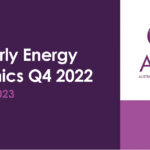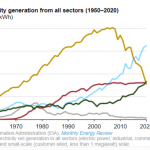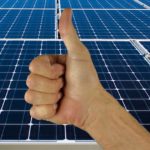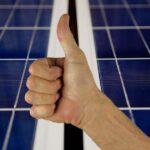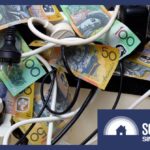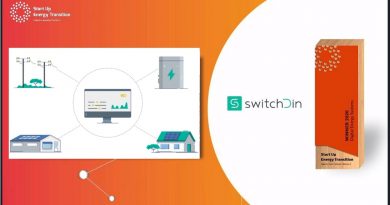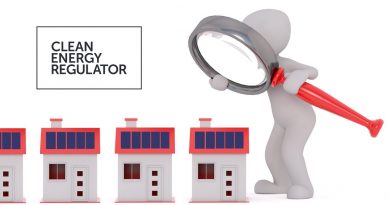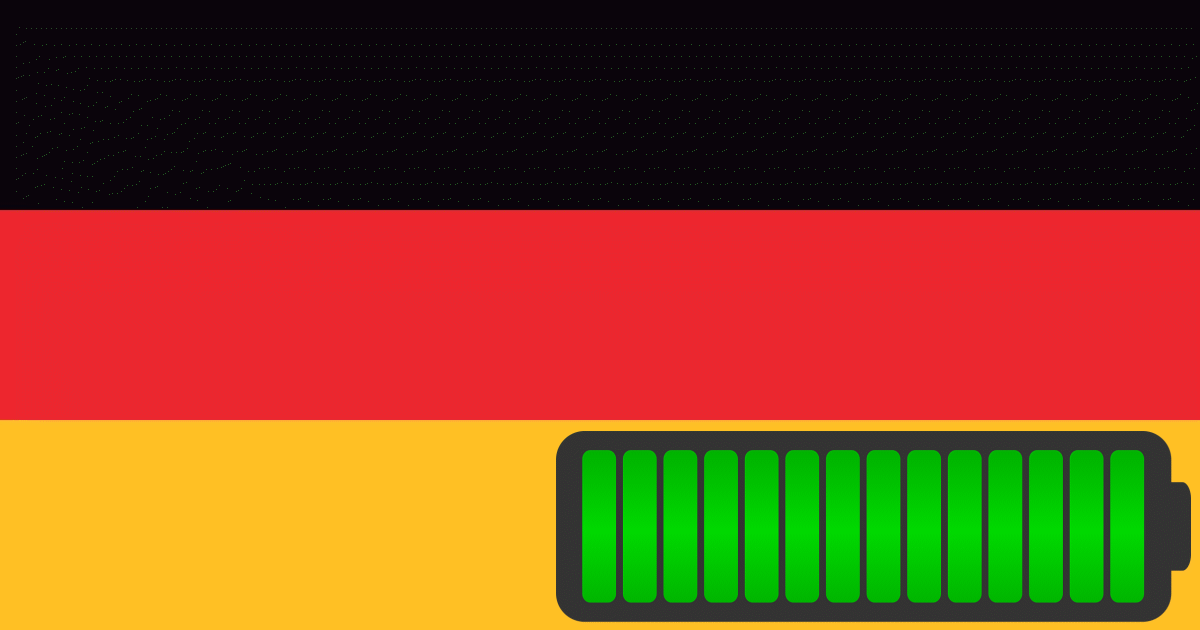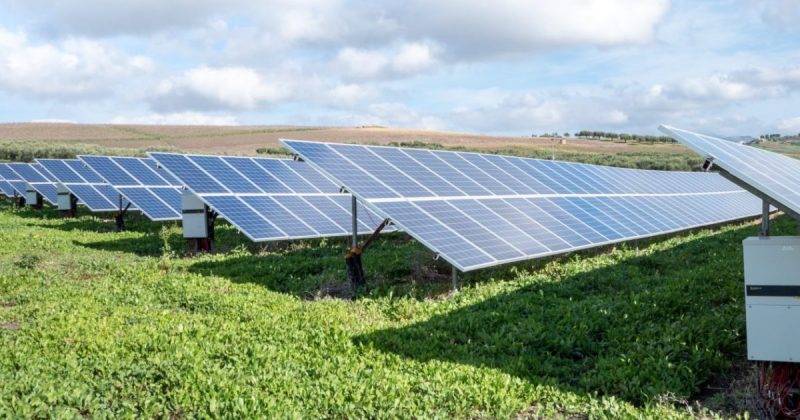Rising Electricity Prices: It’s Time To Go Solar


Higher retail electricity prices will add to household hip-pocket pain, but make installing solar panels an even more attractive prospect.
There’s been a lot of buzz in recent days regarding the Australian Energy Market Operator’s (AEMO’s) Quarterly Energy Dynamics Q1 2022 report. The report notes wholesale electricity prices in the National Electricity Market (NEM)1 jumped to an average $87 per megawatt-hour (MWh) for the first quarter of 2022 – up 67% from Q4 2021 and 141% on Q1 2021.
The culprits behind the increase according to the AEMO:
- Increased demand
- Coal generator outages (including blowing up)
- Higher fossil fuel costs for electricity generation
The states faring the worst were those with the greatest dependence on black coal power – New South Wales and Queensland. It’s no coincidence that higher incidences of zero or negative wholesale prices occurred in the southern states, where renewables play a greater role.
The days of coal fired power generation in Australia are numbered. It beggars belief that even in the face of coal gasping its last, there are calls from certain corners for more of it. Some will be dragged kicking and screaming into a cleaner, cheaper renewable energy future backed by storage – and it’s this sort of rusted-on resistance that has and will continue to contribute to making a transition at times painful.
But as wholesale electricity prices and consequently power bills head north for many and for however long, more Australians will turn to self-generated solar energy to rein in or obliterate their bills. And that’s not just a very good thing for those households, but also the planet.
Higher wholesale power prices should also mean a nice little bonus for system owners in some states.
Higher Electricity Prices, But Better Solar Feed-in Tariffs
Wholesale electricity prices may have jumped 141% in Q1 in 2022 compared to the same quarter in 2021, but this doesn’t mean electricity bills will increase by the same amount. An electricity bill is made up of various components, and wholesale costs account for around a quarter. Still, there could be a significant effect.
The good news for solar system owners in the hardest hit states is feed-in tariffs – the rate paid for surplus solar energy exported to the mains grid – should also increase as these rates are largely tied to wholesale electricity prices.
While higher feed-in tariffs shouldn’t be counted on long-term and the focus should remain on solar energy self-consumption to maximise value from a system, any boost will be handy. On a related note, solar owners should also bear in mind an electricity retailer offering a higher feed-in tariff isn’t necessarily the best overall deal – it really pays to compare electricity plans.
How Much Could You Save With Solar Panels?
Using the SolarQuotes solar calculator with its default settings indicates the following first year savings and simple payback periods in each capital city.
| State/City | First Year Savings (6.6kW solar system) |
Simple Payback Period |
| Queensland – Brisbane | $1,522 | 4 yrs, 9 mths |
| New South Wales – Sydney | $1,425 | 5 yrs, 1 mth |
| ACT – Canberra | $1,686 | 4 yrs, 3 mths |
| Victoria – Melbourne | $1,142 | 5 yrs, 3 mths |
| Tasmania – Hobart | $1,114 | 6 yrs, 2 mths |
| South Australia – Adelaide | $1,585 | 4 yrs, 6 mths |
| Western Australia – Perth | $1,071 | 5 yrs, 11 mths |
| Northern Territory – Darwin | $1,327 | 5 yrs, 4 mths |
Note that the above is based on a 6.6kW solar system price of $6,600 fully installed for all the above, except for Victoria where the state’s rebate is also taken into account. We also noted in the most recent SolarQuotes Australian Solar Price report that system prices in March had dropped in most states, to average $5,910 nationally. Cheaper systems = faster payback.
To see an estimate of savings and payback in your specific circumstances, try SQ’s solar calculator. If you’re hungry to learn more about the bill-busting technology and how to ensure you get best system for your home, check out Finn’s very comprehensive guide to buying solar power.
And if your mind is made up to get cracking on blasting your power bills, get quotes from trusted, pre-vetted installers.
Footnotes
- The NEM consists of Queensland, New South Wales, the Australian Capital Territory, Victoria, South Australia and Tasmania. ↩
Original Source: https://www.solarquotes.com.au/blog/electricity-prices-solar-mb2455/



